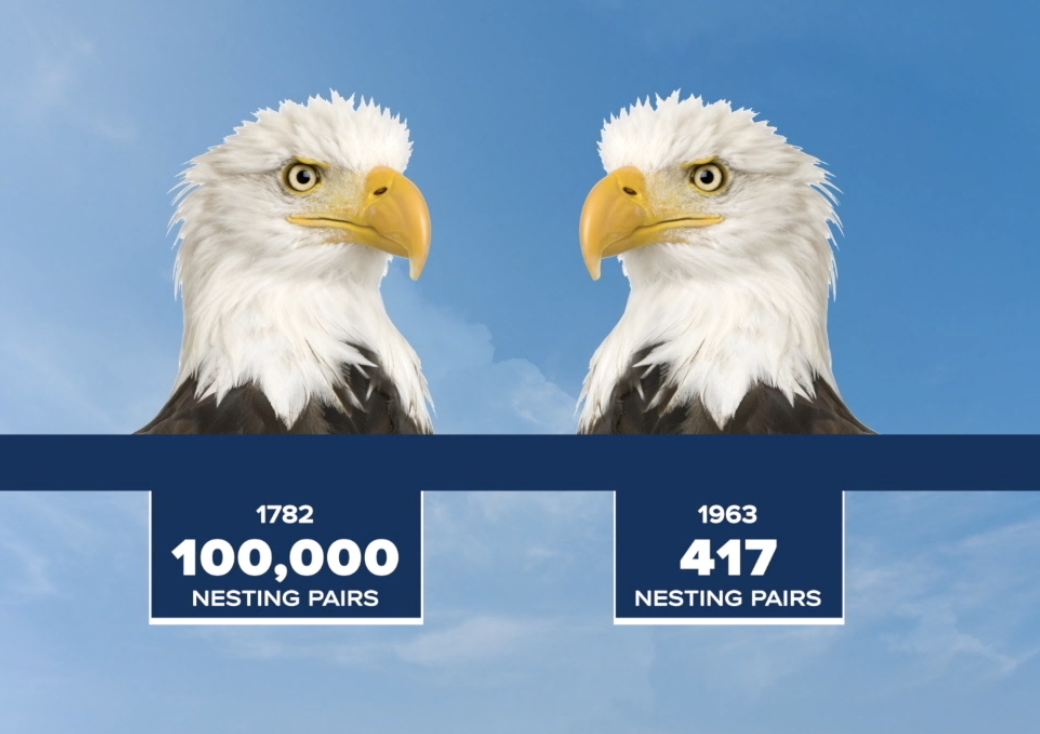OVERLAND PARK, Kan. — Spring is all about new beginnings.
It is a time when the natural world around us comes to life. We gain daylight, begin to paint our landscape with color and hear birds singing in the morning.
But there is one bird in particular this spring that has everyone flocking to Overland Park.
Two 'birdies' settle in near Top Golf

Tucked away behind Top Golf right near Interstate 435, an eagle’s nest has captured the attention of the Kansas City metro.
In years past, birders knew this was the spot to find Herons. Now, it's the place to gaze at the national bird.

The two eagles who moved in, picking suburbia over a lakefront property, have many visitors.
Susan Lebovitz recalled the moment she spotted the eagles after noticing only one nest. She explained the area is known to be home to Herons, but one nest is not characteristic of those birds.
"Herons are in a rookery; there is never a Herons nest, there is always more than one," Lebovitz said. "Then a bird ... landed on it, and I thought to myself, 'My God, that’s not a Heron.' And the more I looked, it was an eagle. It was a bald eagle, and there were two of them.”

Retired photographer Jeffery Morrison captured video at the same time Lebovitz saw the birds.
He said eagles are some of his favorites because of their proximity. Normally, he captures wildlife photographs with a zoom lens while out hiking.
Four-year-old Mila Horseman and her dad frequently check on the eagles with their new neighbors, too.

National treasure

Eagles have been a national symbol since 1782 when an estimated 100,000 nesting pairs roamed from sea to shining sea.
But by 1963, eagles were threatened by extinction with only 417 known nesting pairs.

This drop in population was due to the common use of the pesticide DDT starting in the 1940s. After it was banned, the Bald Eagle Protection Act was passed, kick-starting an era of conversation efforts, breeding and reintroduction efforts.
In 1984, the first pair of eagles were spotted in Missouri on Truman Lake as part of a reintroduction program.
Bill Whinery from Operation Wildfire said eagles were quite common in the Bootheel of Missouri in the late 1800s thanks to the area's proximity to water.
“In Missouri, the bald eagles were only in the Bootheel area way back in the 1900s and late 1800s because that was a swampy area," Whinery explained. "Then they drained that swamp, so eagles disappeared from Missouri unless they were coming down in the winter time for food, but there weren’t any nests in Missouri.”

In Kansas, the nesting began naturally, with the first bald eagle nest reported on Clinton Lake in 1989.
By 2007, bald eagles were successfully removed from the endangered species list.
The numbers across Kansas and Missouri continue to grow.
—





